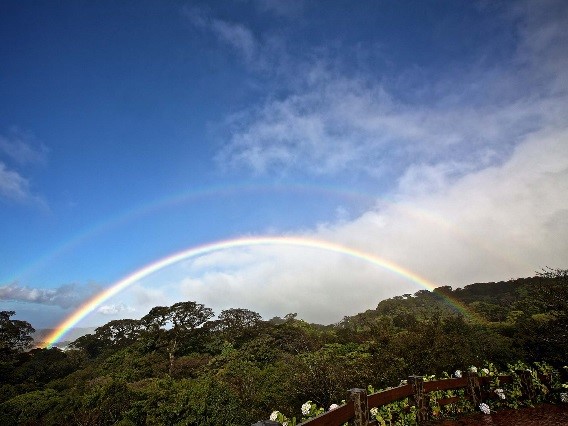How a Town in Costa Rica is Leading the Way to Carbon Neutrality
In an effort to solidify its commitment to the environment, Costa Rica, home to five percent of the world’s biodiversity, has developed a National Climate Strategy that aims to make the country completely carbon-neutral by 2100. However, despite the country’s popular eco-friendly approach, many are unaware of the efforts taking place at one of its most-visited tourist destinations: the town of Monteverde.

Located in the mountainous northwest region of the country, the town is known for its Monteverde Cloud Forest Reserve and the plethora of adventure-driven and outdoor activities including zip lining, hiking and bird-watching, among others.
Although a small town, Monteverde is a prime example that changing behaviors and implementing actions for the reduction of emissions can create a viable and sustainable plan for today and tomorrow. With an economy dependent on eco-tourism and agriculture, the urgency to reduce carbon emissions is a collective concern.
The town is a first-hand witness of the effects of climate change that result from transportation and electricity, farming and waste, and fertilizers. To compensate for these emissions, Monteverde is revamping its structure to provide clean energy alternatives for carbon-reduction, efforts that are aided by the Monteverde Climate Movement. The mission is to not only reduce the region’s carbon output, but to also reduce it enough to compensate for the emissions of the rest of the country.
“Monteverde has been a model for grassroots conservation efforts both nationally and internationally,” said Katy VanDusen, vice-president of the Monteverde Community Fund and clerk of the Monteverde Friends Meeting. “The initiative involves systematically working with existing public, private and not-for-profit organizations to create win-win solutions.”
Some of the steps being taken include: installing sidewalks so pedestrians can walk safely; opting to purchase electric cars; and having the town’s farmer’s market, grocery stores and restaurants offer produce from local farms. The town is also increasing the number of water heaters and solar electric panels that they own, as well as installing a large number of manure digesters as an alternative to propane and a source for cleaner water and fertilizers. Additionally, the town is placing a strong focus on growing and caring for the region’s forests.
For more information on Costa Rica, visit www.visitcostarica.com